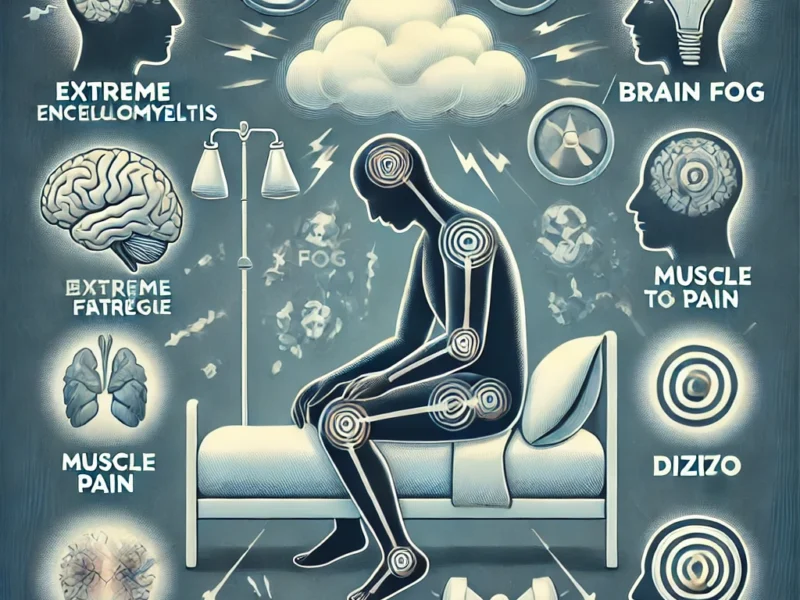
West Nile Virus: Understanding the Threat and Finding Hope
Introduction
West Nile virus (WNV) is a mosquito-borne virus that has emerged as a significant public health concern globally. Discovered in Uganda in 1937, WNV has spread to various continents, affecting thousands of people each year. This article aims to provide an in-depth exploration of WNV, covering its transmission, symptoms, diagnosis, treatment, prevention, and the ongoing research for a better understanding and management of the virus.
Transmission of West Nile Virus
West Nile virus is primarily transmitted through the bite of an infected mosquito, predominantly the Culex species. Mosquitoes become infected when they feed on birds carrying the virus. Once infected, mosquitoes can transmit the virus to humans and other animals through their bites.
Other Transmission Routes
Although rare, WNV can also be transmitted through:
- Blood transfusions: Screening processes have been put in place to minimize this risk.
- Organ transplants: Similar to blood transfusions, organ donation procedures include measures to prevent WNV transmission.
- From mother to child: Transmission can occur during pregnancy, delivery, or breastfeeding【103†source】【105†source】.
Risk Factors
Certain populations are at a higher risk for severe illness from WNV:
- Elderly individuals: Those over 60 years old are more susceptible to severe symptoms.
- Individuals with weakened immune systems: This includes organ transplant recipients and those with conditions such as diabetes, cancer, and hypertension【105†source】.
Symptoms and Clinical Manifestations
Most people infected with WNV do not exhibit symptoms. However, when symptoms do occur, they typically appear within 2 to 14 days after the mosquito bite. The clinical manifestations can be divided into mild and severe forms:
Mild Symptoms
Approximately 20% of infected individuals develop mild symptoms, which may include:
- Fever
- Headache
- Body aches
- Fatigue
- Skin rash on the trunk of the body【104†source】【105†source】.
Severe Symptoms
Less than 1% of infected individuals experience severe symptoms, which can lead to serious neurological diseases such as encephalitis and meningitis. Severe symptoms include:
- High fever
- Severe headache
- Stiff neck
- Disorientation
- Coma
- Tremors or convulsions
- Muscle weakness
- Paralysis【105†source】.
Diagnosis of West Nile Virus
Diagnosis of WNV involves clinical evaluation, patient history, and laboratory tests. Healthcare providers may perform:
- Blood tests: To detect antibodies or the genetic material of the virus.
- Cerebrospinal fluid (CSF) tests: To identify antibodies or signs of infection in cases with neurological symptoms.
- Imaging tests: CT scans or MRIs to detect inflammation in the brain【105†source】.
Treatment and Management
There is no specific antiviral treatment for WNV. The management of the disease focuses on supportive care:
Mild Symptoms
Patients with mild symptoms can be treated with:
- Over-the-counter pain relievers for fever and pain
- Rest
- Fluid intake to prevent dehydration【105†source】.
Severe Symptoms
Patients with severe symptoms may require hospitalization for:
- Intravenous (IV) fluids: To maintain hydration and electrolyte balance.
- Pain management: Using medications to alleviate severe headaches and body pains.
- Anti-seizure medications: For patients experiencing seizures.
- Respiratory support: Including supplemental oxygen or mechanical ventilation for patients with severe respiratory distress【105†source】.
Prevention Strategies
Preventing mosquito bites is the most effective way to reduce the risk of WNV infection. Key preventive measures include:
Personal Protection
- Use of insect repellent: Repellents containing DEET, picaridin, or oil of lemon eucalyptus are effective.
- Wearing protective clothing: Long-sleeved shirts and long pants provide a physical barrier against mosquito bites.
- Avoiding peak mosquito activity times: Mosquitoes are most active at dawn and dusk【103†source】【105†source】.
Environmental Control
- Eliminating standing water: Regularly empty and clean areas where water can collect, such as bird baths, flower pots, and clogged gutters, to prevent mosquito breeding.
- Using screens on windows and doors: To prevent mosquitoes from entering homes.
- Community-wide mosquito control programs: These include insecticide spraying and larvicide treatments in water bodies where mosquitoes breed【103†source】【105†source】.
Epidemiology and Global Impact
WNV is found on all continents except Antarctica. In the United States, the virus was first detected in New York City in 1999 and has since spread across the country, causing seasonal outbreaks typically in the summer and early fall. The global spread and seasonal nature of WNV highlight the importance of surveillance and control measures to manage its impact【103†source】.
Research and Future Directions
Ongoing research aims to enhance our understanding of WNV and develop effective treatments and vaccines. Key areas of research include:
Genetic Studies
- Understanding viral genetics: Researchers are studying the genetic makeup of WNV to identify factors that influence its transmission and pathogenicity.
Immune Response
- Host immune response: Investigating how the immune system responds to WNV infection to identify potential therapeutic targets.
Antiviral Therapies
- Development of antiviral drugs: Efforts are underway to develop antiviral medications that can effectively treat WNV infection.
Vaccine Development
- Vaccine research: Scientists are working on developing vaccines to prevent WNV infection, similar to those available for other mosquito-borne diseases like yellow fever and dengue【103†source】【104†source】.
Conclusion
West Nile virus remains a significant public health concern due to its potential to cause severe neurological disease. While there is no specific treatment for WNV, preventive measures and supportive care can significantly reduce the risk and impact of infection. Continued research and public health efforts are vital in combating this virus and protecting public health. For more information on WNV, visit the CDC and ECDC websites.
References
- European Centre for Disease Prevention and Control. West Nile virus infection. Available at: ECDC【104†source】.
- Centers for Disease Control and Prevention. West Nile Virus. Available at: CDC【103†source】.
- Cleveland Clinic. West Nile Virus: Symptoms, Treatment & Prevention. Available at: Cleveland Clinic【105†source】.
This comprehensive understanding of West Nile virus highlights the importance of preventive measures, awareness, and ongoing research to manage and mitigate its impact on global health.


One thought on “West Nile Virus: Summer’s Silent Threat”